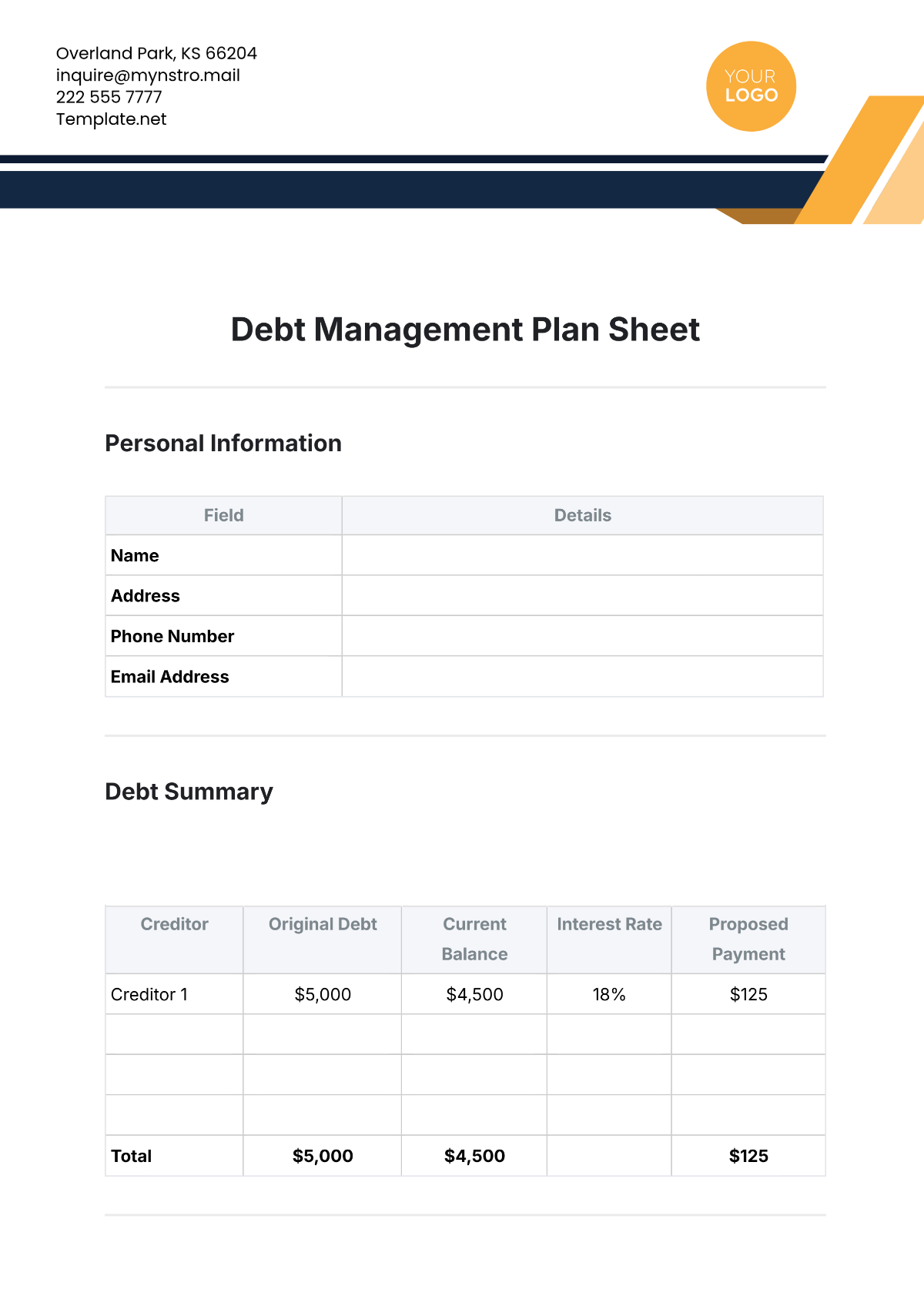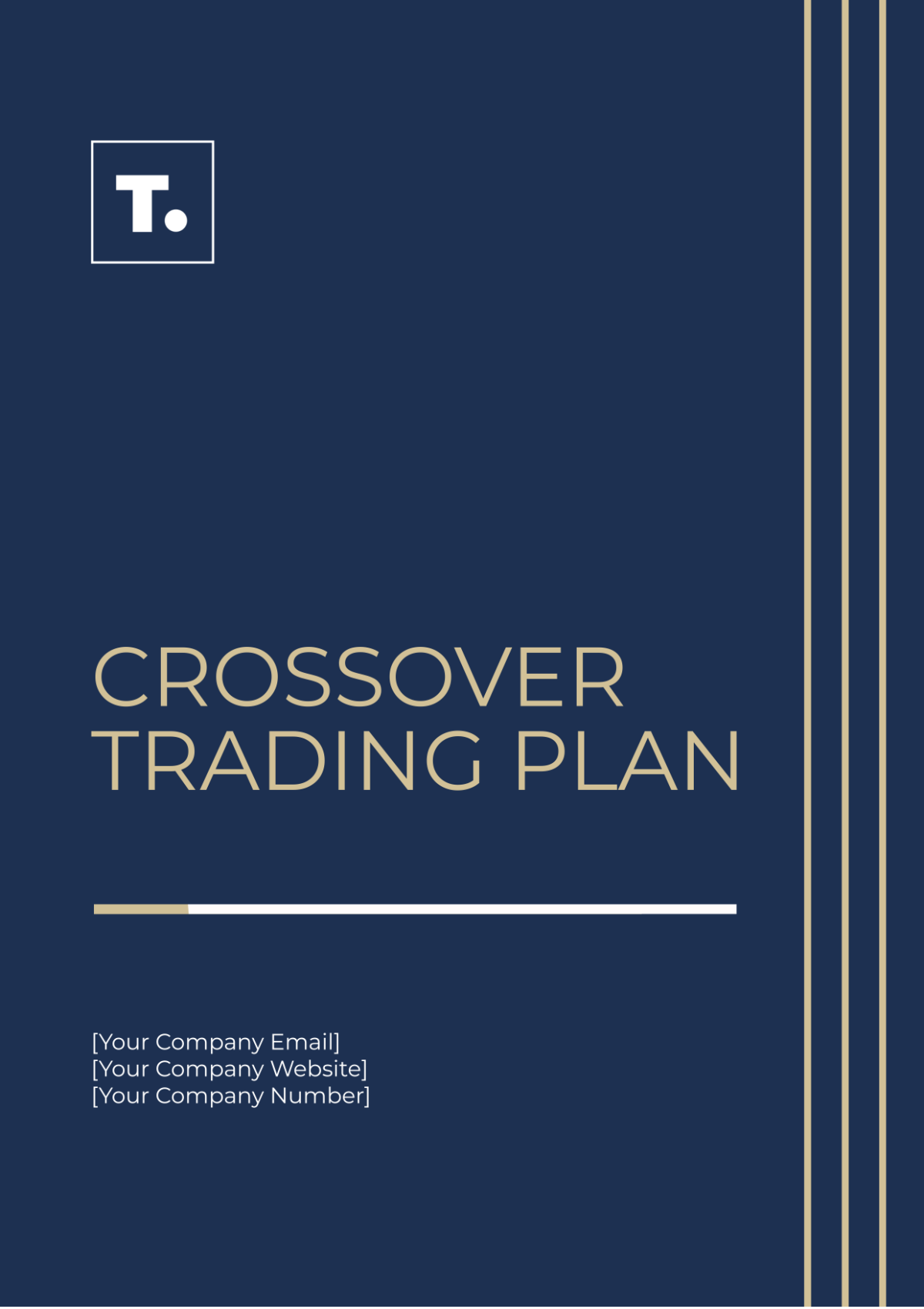FLEXIBILITY TRADING PLAN
I. Introduction and Purpose
As traders navigating the complexities of financial markets, our Flexibility Trading Plan stands as a beacon, guiding us through the ever-changing landscape of trading. With a primary focus on making informed decisions, this plan is meticulously crafted to empower us with the tools necessary to adapt and thrive in dynamic market conditions. By outlining a framework for flexibility, we aim to optimize our trading performance while simultaneously mitigating risks inherent in the trading process.
II. Market Analysis and Assessment
A. Current Market Conditions
In this section, we delve into a comprehensive analysis of the prevailing market conditions. We assess various economic indicators, such as GDP growth rates, inflation, and employment data, to gain insight into the overall health of the economy. Additionally, we analyze geopolitical events and their potential impact on market sentiment. By understanding the current market landscape, we can make informed decisions about our trading strategies.
B. Factors Influencing Asset Prices
Understanding the myriad factors influencing asset prices is crucial for informed decision-making. We consider supply and demand dynamics, interest rates, and geopolitical tensions, among other factors, to gauge potential market movements. By conducting a thorough analysis of these factors, we can anticipate changes in asset prices and adjust our trading strategies accordingly.
C. Market Trends and Sentiment
Trends and sentiment often dictate market movements. In this subsection, we closely monitor market trends and sentiment indicators to identify potential trading opportunities. We analyze technical indicators, such as moving averages and relative strength index (RSI), to detect trends in asset prices. Additionally, we assess market sentiment through measures such as investor surveys and news sentiment analysis. By staying attuned to market trends and sentiment, we can capitalize on emerging opportunities while mitigating risks.
III. Risk Management Strategies
A. Market Volatility
To mitigate the impact of market volatility, we employ trailing stop-loss orders. These orders automatically adjust the stop-loss level as the market price fluctuates, allowing us to lock in profits and limit potential losses.
B. Position Sizing
We adhere to strict position sizing rules to manage our risk exposure. By limiting the size of each position relative to our total trading capital and risk tolerance, we aim to preserve capital and withstand adverse market movements.
C. Liquidity Risk
To mitigate liquidity risk, we avoid trading illiquid assets and maintain a diversified portfolio. By investing in liquid assets with active trading markets, we ensure that we can enter and exit positions efficiently, even during periods of market stress.
D. Black Swan Events
We recognize the potential impact of unforeseen events, or "black swans," on our trading portfolio. To hedge against such events, we maintain an emergency fund and utilize options strategies, such as protective puts or collars, to limit potential losses.
IV. Trading Policies and Procedures
A. Entry Criteria
Our entry criteria are based on a combination of technical and fundamental analysis. We identify entry signals, such as breakouts or trend reversals, that align with our trading strategy and risk-reward criteria.
B. Exit Criteria
We set predefined exit points for each trade based on our risk-reward ratio and market conditions. By adhering to strict exit criteria, we aim to lock in profits and cut losses quickly to preserve capital.
C. Trade Execution
We execute trades promptly and accurately using our chosen trading platform. We ensure that our trade orders are filled at the desired price and promptly to minimize slippage and maximize trading efficiency.
D. Portfolio Allocation
We diversify our portfolio across asset classes and geographical regions to spread risk and optimize returns. By allocating capital to a mix of stocks, bonds, commodities, and currencies, we aim to achieve a balanced and resilient portfolio.
V. Review and Adjustment
Committing to continuous improvement, we undertake regular reviews of our trading plan. By analyzing performance metrics, such as profitability, win-loss ratio, and maximum drawdown, we identify areas for improvement and make necessary adjustments to our trading strategies.
VI. Monitoring and Review Mechanism
A. Performance Metrics
We monitor key performance metrics to evaluate the effectiveness of our trading plan objectively. These metrics provide valuable insights into our trading performance and help us identify strengths and weaknesses in our strategy.
B. Market Analysis Updates
We stay abreast of market developments by regularly updating our market analysis. By monitoring economic indicators, news events, and technical indicators, we ensure that our trading decisions are informed by the most current information available.
C. Adjustment Triggers
We establish predefined triggers for plan adjustments based on changes in market conditions or performance metrics. These triggers serve as cues for us to reassess and adapt our trading strategies to maintain their effectiveness in dynamic market environments.
VII. Contingency Plans
In recognition of the inherent uncertainty of financial markets, we have developed comprehensive contingency plans. These plans outline alternative trading strategies and predefined actions to be taken in the event of unexpected market movements or significant losses. By proactively preparing for the unexpected, we strive to safeguard our capital and preserve our trading capital.

















































